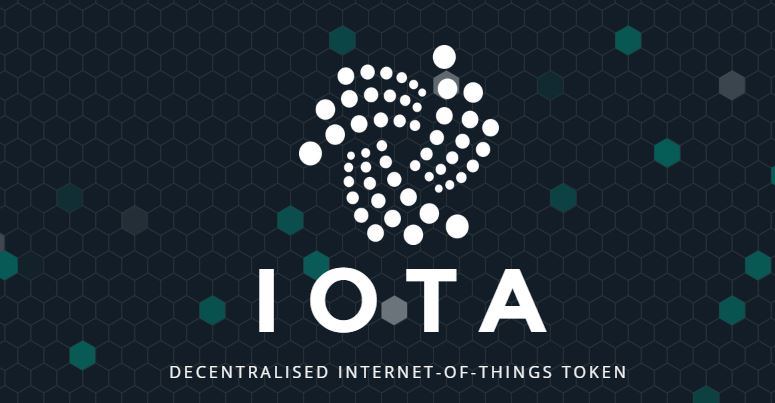Ever since the IOTA project launched, a lot of people have been paying attention to its Tangle infrastructure. There is still a lot of confusion as to whether or not this technology is similar to a blockchain or is something else entirely. The Directed Acyclic Graph – or DAG – is a very unique creature that isn’t like any other blockchain in existence. However, that doesn’t have to be a bad thing, depending on how much trust you want to put in other people.
What is IOTA’s DAG?
For those readers who are not versed in coding or cryptography, the concept of a Direct Acyclic Graph will not make any more sense than a blockchain makes. That’s because it’s still a way to successfully record and broadcast transactions to the rest of the network. On that front, there is very little difference between the two concepts. However, in the case of IOTA, there are no miners who process, broadcast, and confirm transactions.
That doesn’t have to be a bad thing, though, as the mining process is often considered a waste of electricity first and foremost. Whether that makes the DAG implementation superior or inferior is hard to determine at this point in time. There is no perfect way to achieve distributed and decentralized consensus in the world of cryptocurrency right now. Any new way of achieving this goal will have its advantages and drawbacks. IOTA’s implementation of the Directed Acyclic Graph will not be to everyone’s liking either.
More specifically, this consensus mechanism involves the use of transaction issuers and transaction validators. This is very different from the concept of mining, where the issuers and approvers are one and the same, for the most part. Some people see this as an advantage, as miners often collude to harm the network whenever things aren’t going to their liking. Moreover, miner fees also impact those networks relying on mining consensus, such as Bitcoin and Ethereum. IOTA’s team feels their DAG implementation will address all of these issues, although it remains to be seen if that will be the case.
Removing any consensus-related vulnerabilities from the IOTA ecosystem has always been a top priority. Whether it be miners, oracles, witnesses, delegates, or stakers, they all have their own flaws and drawbacks. When an issuer also becomes a transaction validator under the Directed Acyclic Graph rules, an interesting paradigm is created. Whether or not this system will still be seen as foolproof once issues affecting IOTA users and supporters arise remains to be seen.
There are additional advantages to using IOTA’s DAG. First of all, it seems to solve scalability, although there is still a lot of work to be done in this regard. Secondly, it solves most of the issues associated with transaction fees found in Bitcoin and Ethereum. Transactions broadcast to the network require two previous transactions to be approved. This must be handled by the network nodes, which requires that the approved network nodes don’t conflict with one another. It is an interesting take on double-spends, although it still has to be put through its paces properly.
In a perfect world, IOTA’s DAG implementation would enable micropayments for the Internet of Things. This will mainly depend on whether or not the community is interested in spinning up additional full nodes. Late last week, the network ground to a halt as the public nodes were overwhelmed by a rather simple spam attack. That certainly puts the viability of this DAG into question, but these are still the early days of development. An interesting future lies ahead, assuming this Direct Acyclic Graph performs as expected.

